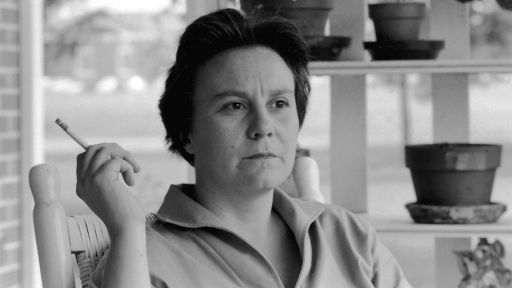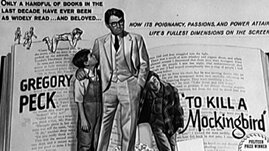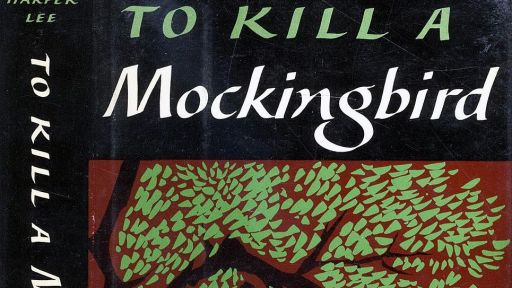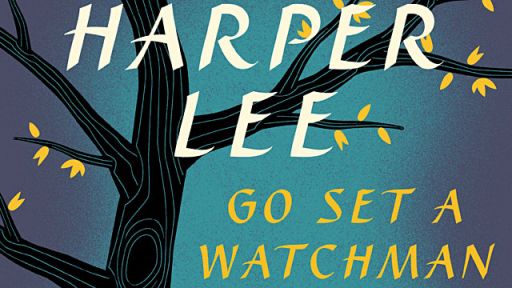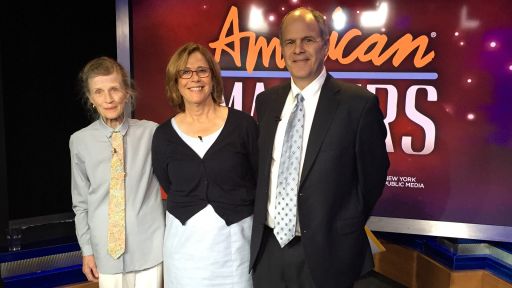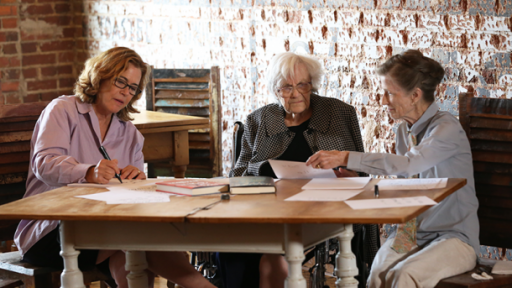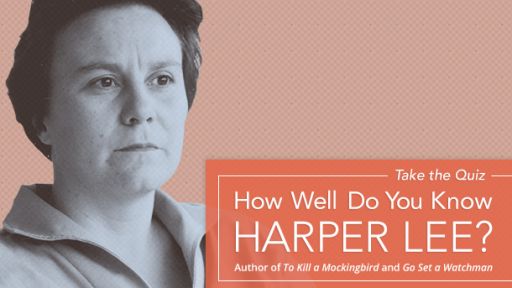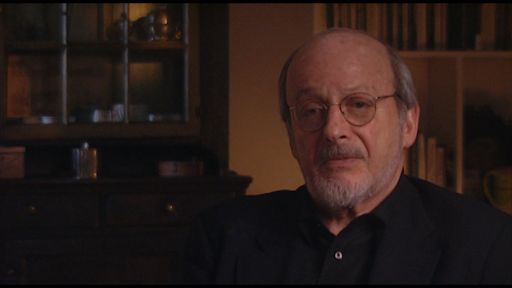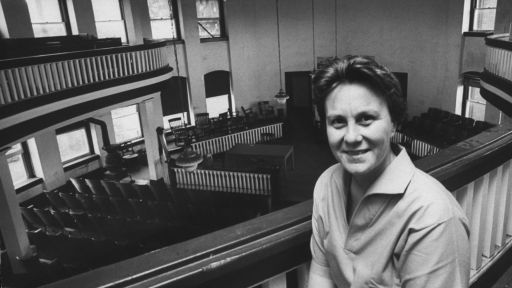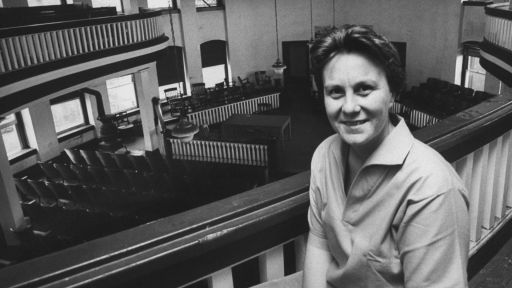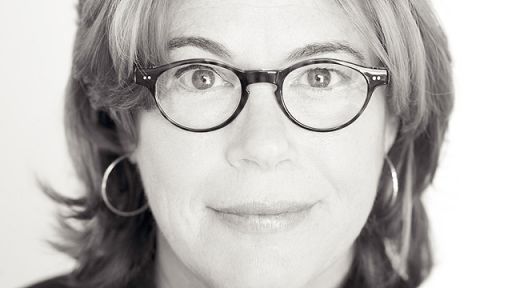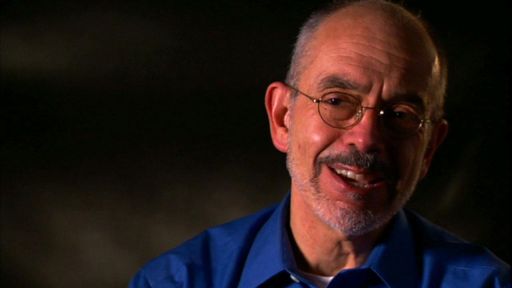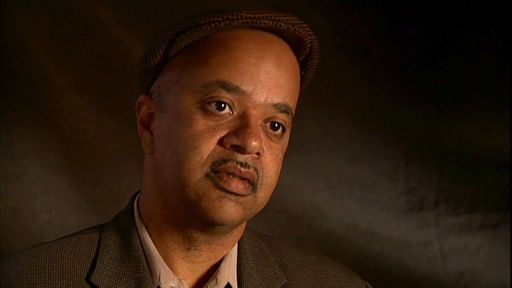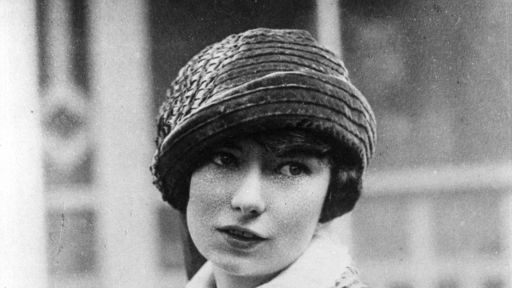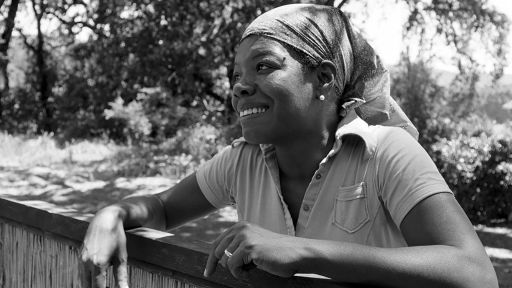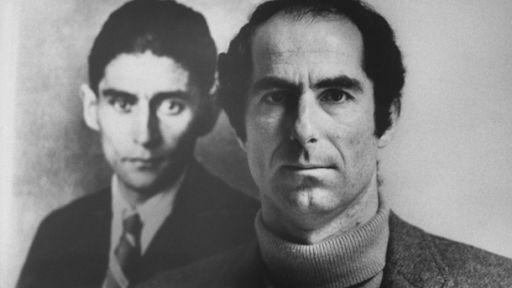Mark Childress, author of Crazy in Alabama, describes how Harper Lee’s protagonist Scout Finch, the narrator of To Kill a Mockingbird, was a radical voice of change in the segregated south of his childhood. Harper Lee: Hey Boo airs Monday April 2nd at 10 p.m. (check local listings).
Mark Childress: Yeah I always have. I mean, every time I go back I’m impressed more by the simplicity of the prose. And, we think of it as being…classic, and I think the reason that we think it’s so classic is that there’s, it’s not, the prose is not very adorned, it’s very plain. And although it’s plainly written from the point of view of an adult, looking back through a child’s eyes, there’s something childlike…I don’t want to say that. There’s something beautifully innocent about the point of view, and yet it’s very wise. So it’s a combination of either a wise child or an innocent adult, the point of view.
And the fact that Scout is surprised by people’s racism is what’s so, what was revolutionary about the book. Because most little kids in little towns like that, they weren’t surprised, because racism was all around them, it was the fabric of life. I mean, when I was three years old, my grandmother and I would walk down the main street of Greeneville, which was the little town where she lived, and black men would get off the sidewalk as a sign of respect. And if I walked down the sidewalk, at five years old, by myself, they would get off the sidewalk as a sign of respect to me. And this was in the mid-60s, after the book came out,
There’s something so…it’s just a child trying to understand, trying to make sense of something that doesn’t make any sense, trying to organize it into, you know…And I guess I’ve spent my whole writing career kind of trying to do the same thing, laboring in the shadow of…making sense of what race meant in the South and, how to you grow up having come from that system. It’s a lot of interesting problems.
I don’t think that they, the kids today have, read it with the same edge that we did as children though because the segregation was still very real when I was reading that book, you know. When I went to the swimming pool, there was a ‘no colored children allowed,’ as the sign said, “white” and “colored.” You know, we went to the Dairy Queen there were two lines, there was a white window, and there was a black window. So, it was a radical book at the time in the South. It might not have that way in the rest of the country, but it said radical things.

